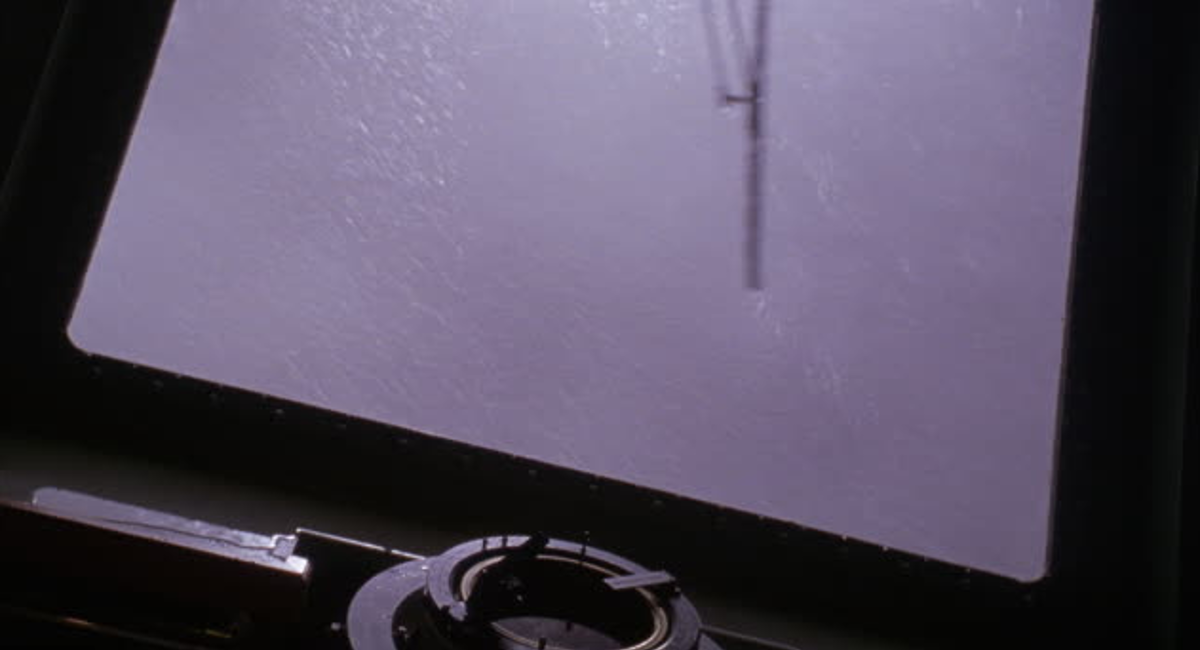Water ingress during tropical storm
- Safety Flash
- Published on 10 January 2020
- Generated on 18 December 2025
- IMCA SF 02/20
- 2 minute read
Jump to:
What happened?
A vessel took on a significant amount of rainwater on the upper tween deck during an intense tropical storm. At the time of the storm, the forward crane could not be seen from the bridge. At 0645, it was noted there was water ingress at the upper tween deck. Water Ingress came via the starboard stores hatch on the main deck. Immediately after notifying the bridge, more crew were called to contain the ingress.
The vessel was deliberately listed to starboard to prevent the water from entering the corridor in the accommodation. Unfortunately, some water did enter the corridor before the vessel was listed sufficiently. The vessel was slightly trimmed by the bow.

What went wrong?
- The hatch was closed but not properly secured. After the vessel left port, no one thought about properly closing the hatch.
- Due to the weight of the hatch, the hinges were slightly deformed and pushed the hatch about 5 mm out of true, and therefore the hatch did not rest correctly on its rubbers and it was very hard to turn the clamps.
What were the causes?
- Lack of seamanship and inadequate attention on securing that the hatches are closed.
- Inadequate design.
What actions were taken?
Ensure that hatches are properly closed and secured and that the hatches and clamps are checked regularly and carefully and will received preventive maintenance.
Related Safety Flashes
-
IMCA SF 21/19
4 September 2019
-
IMCA SF 24/17
5 October 2017
-
-
IMCA SF 14/17
9 June 2017
-
-
IMCA SF 19/15
23 November 2015
IMCA Safety Flashes summarise key safety matters and incidents, allowing lessons to be more easily learnt for the benefit of the entire offshore industry.
The effectiveness of the IMCA Safety Flash system depends on the industry sharing information and so avoiding repeat incidents. Incidents are classified according to IOGP's Life Saving Rules.
All information is anonymised or sanitised, as appropriate, and warnings for graphic content included where possible.
IMCA makes every effort to ensure both the accuracy and reliability of the information shared, but is not be liable for any guidance and/or recommendation and/or statement herein contained.
The information contained in this document does not fulfil or replace any individual's or Member's legal, regulatory or other duties or obligations in respect of their operations. Individuals and Members remain solely responsible for the safe, lawful and proper conduct of their operations.
Share your safety incidents with IMCA online. Sign-up to receive Safety Flashes straight to your email.